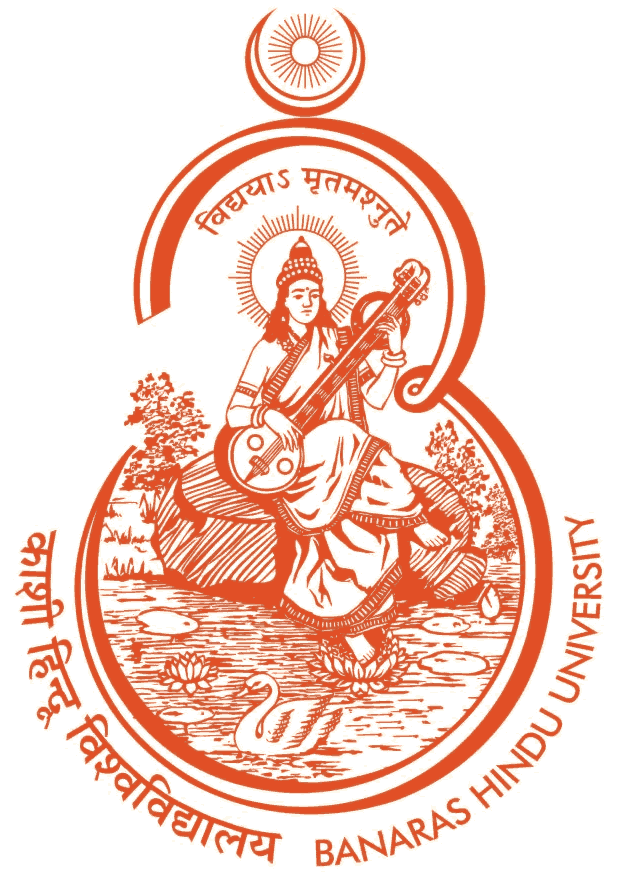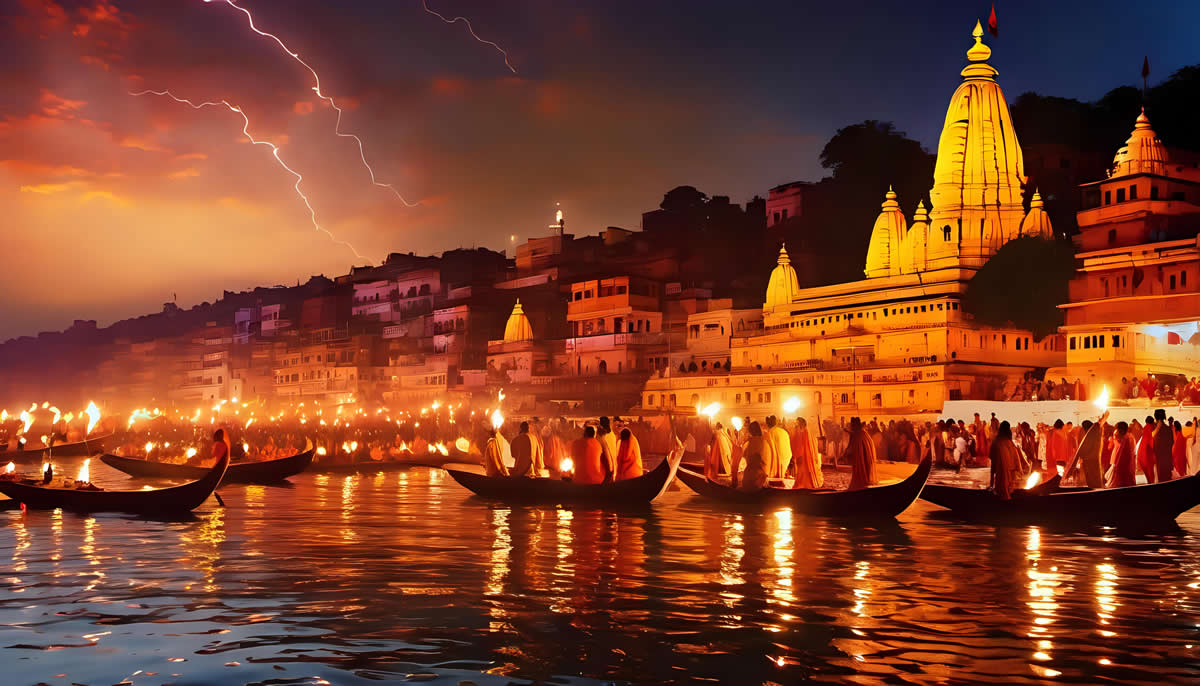VARANASI
VARANASI: THE ETERNAL CITY OF SPIRITUAL AND CULTURAL GRANDEUR
The ancient and sacred city of Varanasi, often referred to as Kashi or Benaras, holds an unparalleled place in India's cultural and spiritual landscape. Renowned as the City of Temples and Learning, Varanasi is a treasure trove of history, heritage, and devotion. Situated on the banks of the holy river Ganges, this revered city is believed to be presided over by Lord Shiva himself, making it one of the most significant pilgrimage destinations for Hindus. Varanasi stands as a timeless symbol of India’s rich traditions and deep-rooted spiritual ethos. It epitomizes the harmonious confluence of diverse cultures, religions, and communities, reinforcing its stature as the spiritual capital of India. For centuries, it has been venerated as the City of Moksha, where Hindus seek liberation from the cycle of birth and rebirth. It is also one of the Sapta Puri—the seven holiest cities in Hinduism—and is home to one of the twelve Jyotirlingas of Lord Shiva, as well as a revered Shakti Peetha. Beyond its religious significance, Varanasi is a beacon of intellectual and artistic excellence. The city has been a hub of philosophical discourse, spiritual awakening, and mysticism for millennia. It boasts a vibrant tradition of music, arts, and crafts, particularly its world-famous Banarasi silk weaving, which is synonymous with elegance and craftsmanship. Additionally, Varanasi has long been a center of education, housing institutions like Banaras Hindu University (BHU), one of the most prestigious universities in India. The city is well-connected to major Indian states and cities via an extensive network of air, rail, and road transport. The nearest airport, Lal Bahadur Shastri International Airport, is located approximately 30 km from the BHU campus. The best time to visit Varanasi is from September to February when the weather is pleasant and conducive to exploring the city's many wonders.


